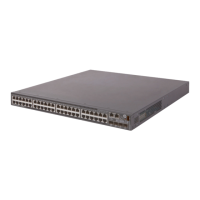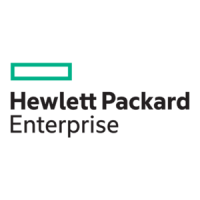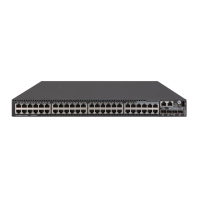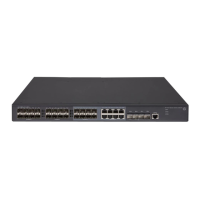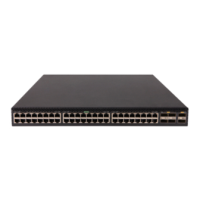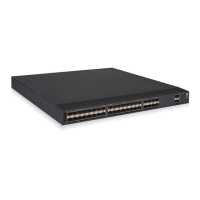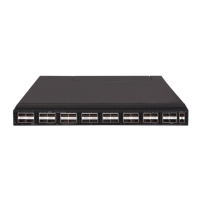177
policies, see Layer 3—IP Routing
Configuration Guide.
7. Apply a tunnel policy to
the VPN instance.
tnl-policy
tunnel-policy-name
By default, only one tunnel is
selected (no load balancing) in
this order: LSP tunnel, GRE
tunnel, and CR-LSP tunnel.
The specified tunnel policy must
have been created.
For information about tunnel
policies, see "Configuring tunnel
policies."
Configuring routing between a PE and a CE
You can configure static routing, RIP, OSPF, IS-IS, EBGP, or IBGP between a PE and a CE.
Configuring static routing between a PE and a CE
1. Enter system view.
N/A
2.
route for a VPN
instance.
ip route-static
vpn-instance
s-vpn-instance-name dest-address
{ mask-length | mask } { interface-type
interface-number [ next-hop-address ]
|next-hop-address [
public
] [
track
track-entry-number ] |
vpn-instance
d-vpn-instance-name next-hop-address
[
track
track-entry-number ] } [
permanent
]
[
preference
preference-value ] [
tag
tag-value ] [
description
description-text ]
By default, no static route is
instance.
Perform this configuration on
the PE. On the CE, configure
a common static route.
For more information about
static routing, see Layer
3—IP Routing Configuration
Guide.
Configuring RIP between a PE and a CE
A RIP process belongs to the public network or a single VPN instance. If you create a RIP process
without binding it to a VPN instance, the process belongs to the public network.
To configure RIP between a PE and a CE:
1. Enter system view.
system-view
N/A
2. Create a RIP process for a
VPN instance and enter RIP
view.
rip
[ process-id ]
vpn-instance
vpn-instance-name
Perform this configuration on the
PE. On the CE, create a common
RIP process.
3. Enable RIP on the interface
attached to the specified
network.
network
network-address
By default, RIP is disabled on an
interface.
Configuring OSPF between a PE and a CE
An OSPF process that is bound to a VPN instance does not use the public network router ID
configured in system view. Therefore, you must specify a router ID when starting a process or
configure an IP address for at least one interface of the VPN instance.
An OSPF process belongs to the public network or a single VPN instance. If you create an OSPF
process without binding it to a VPN instance, the process belongs to the public network.
